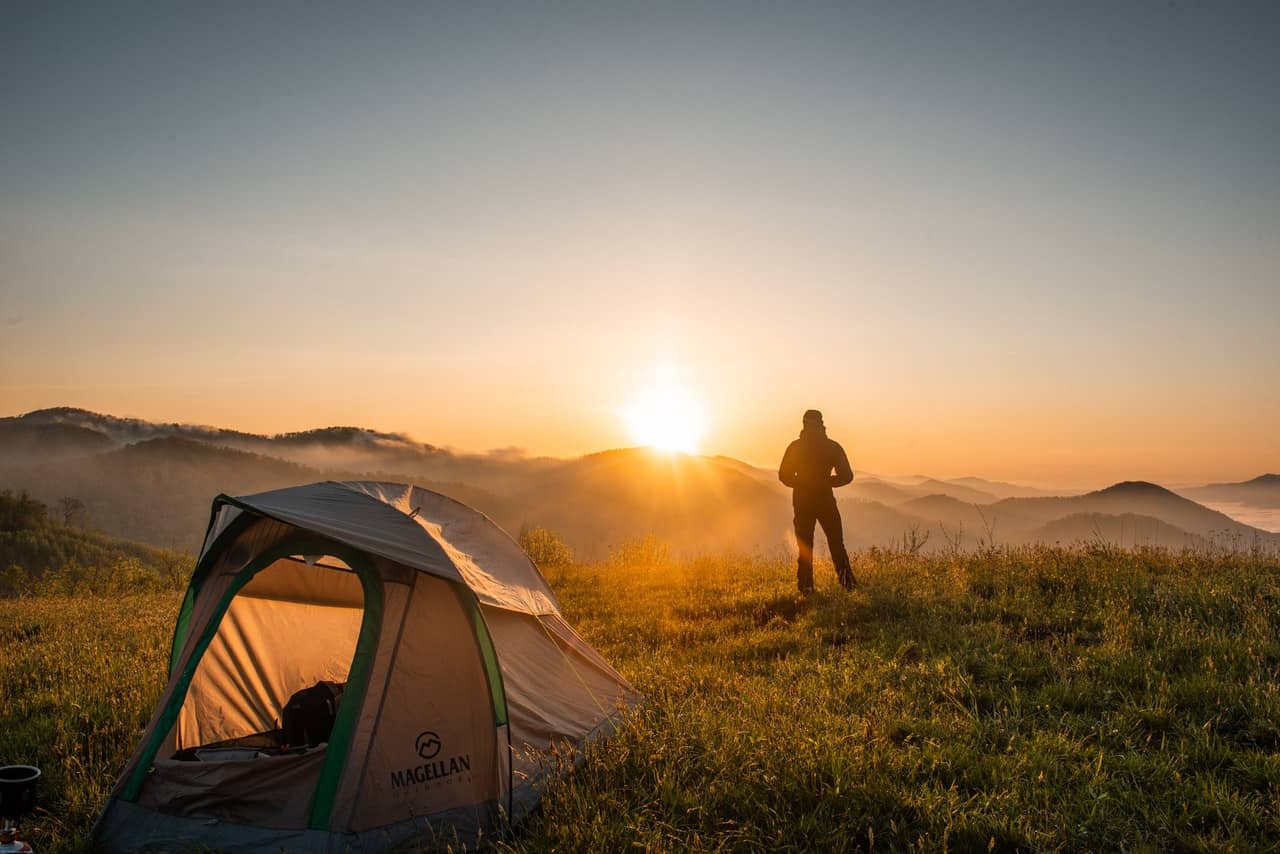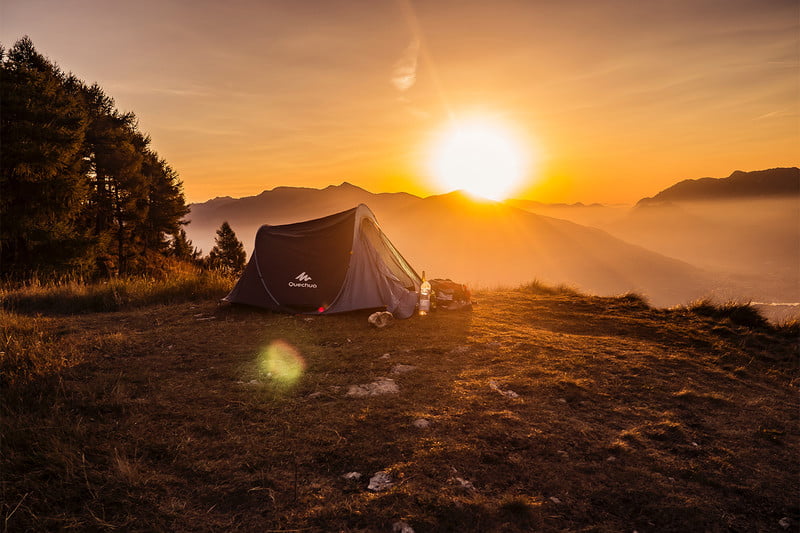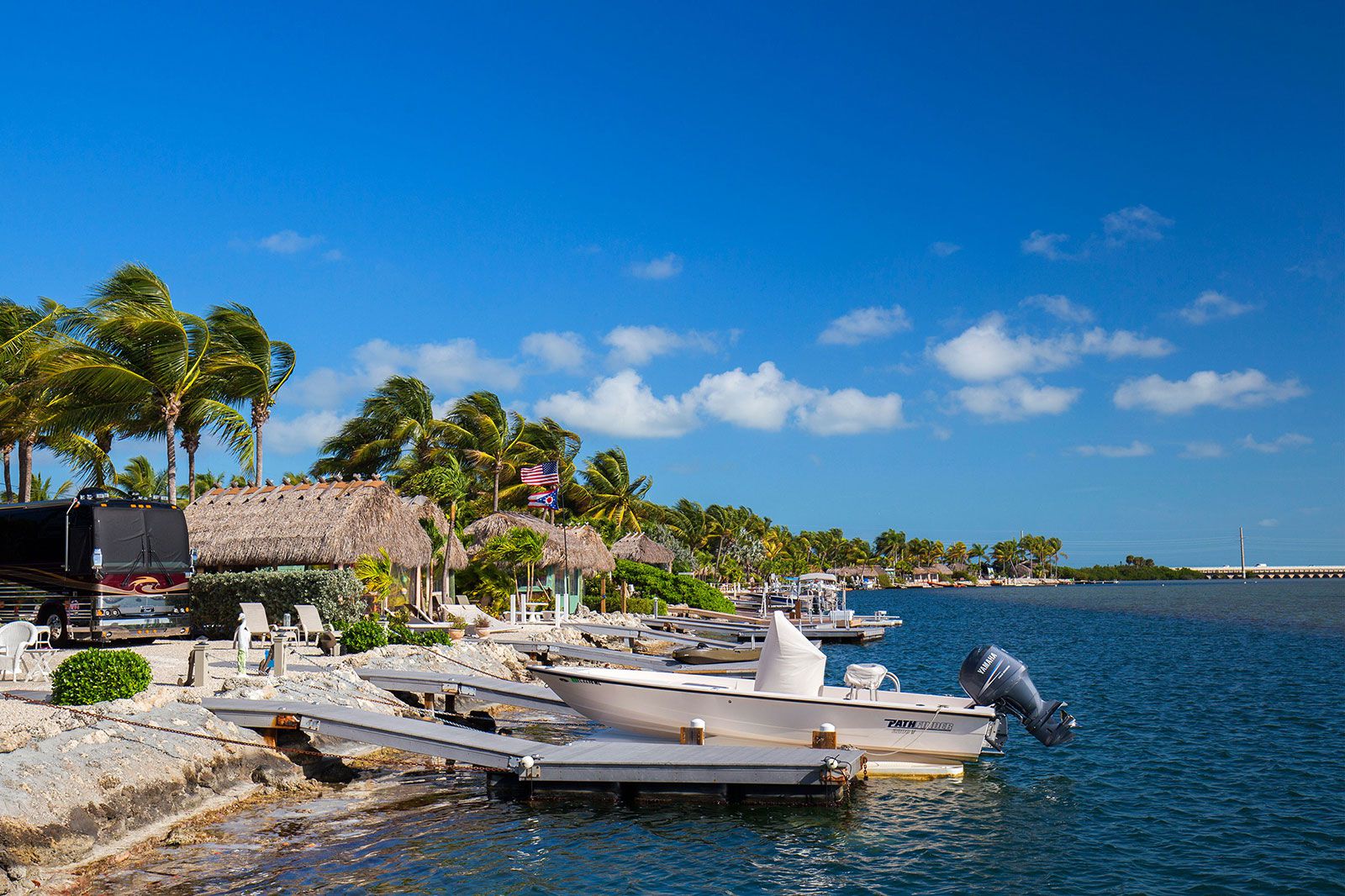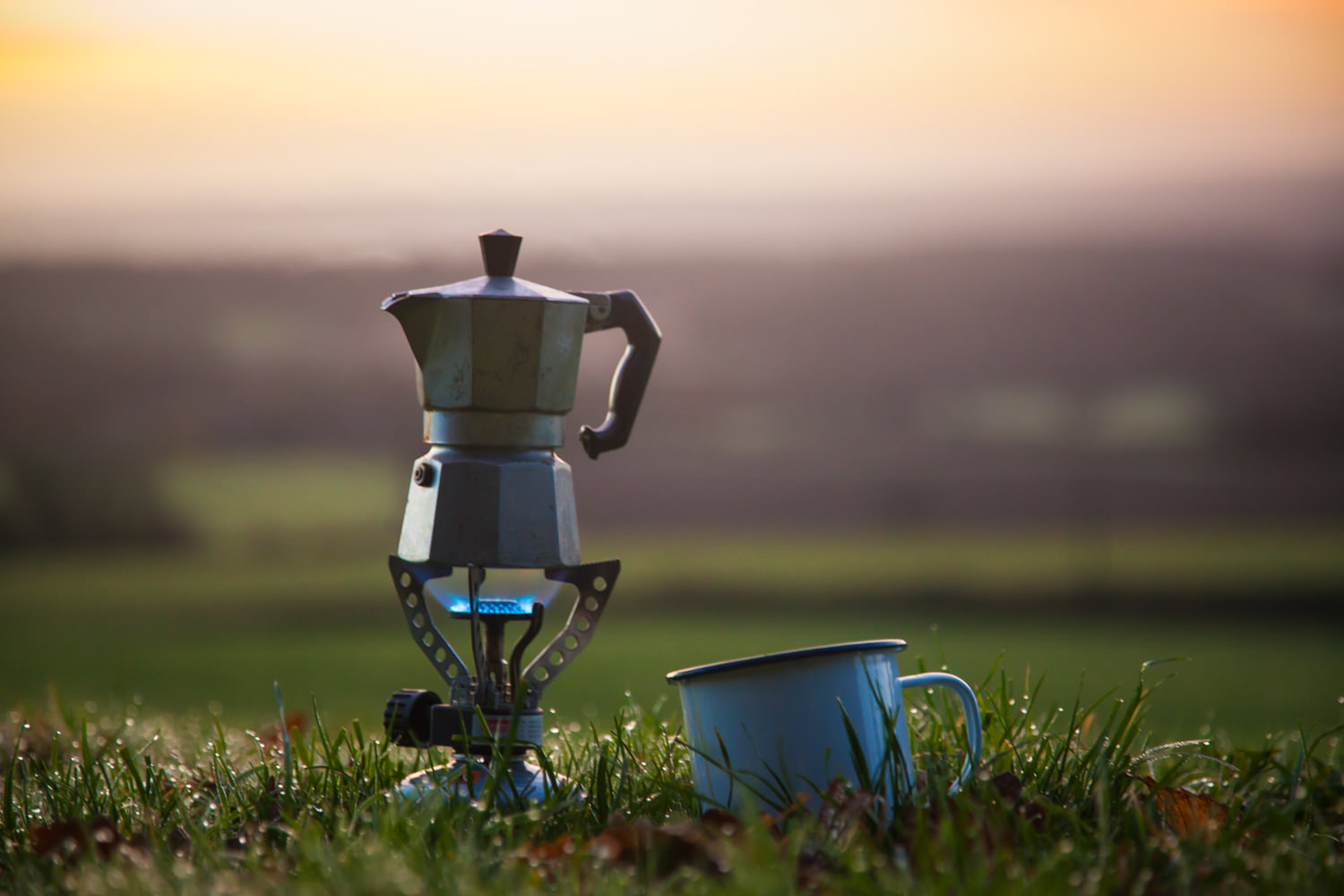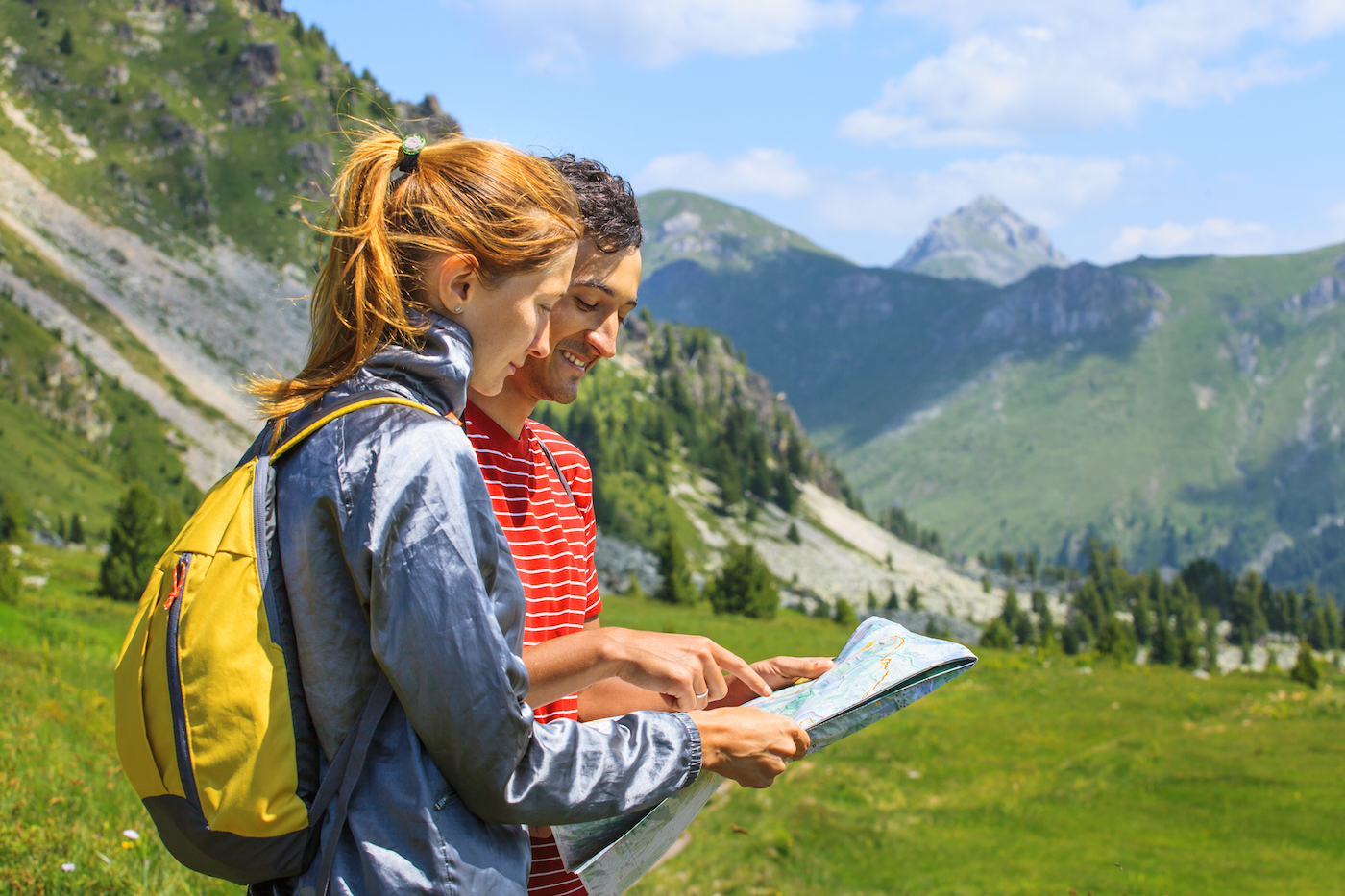Even though we’re in the midst of winter induced blues, warmer weather will be on the horizon soon. This means that you can start thinking about or planning all of your favorite outdoor activities, including camping. Spending a night out under the stars is a dreamy idea, and there’s no reason for you to wait for another three months to pass before beginning to map out your plans, and deciding where exactly you’d like to go. There are so many camping grounds strewn throughout the country, featuring varying degrees of “roughing it” for those who aren’t exactly newbies, to more luxurious accommodations for others. And there’s plenty of things to explore in between for the rest of us. Here are a few ideas to help you plan out the best camping trip ever.
Contents
Access to Civilization – Or Not
One of the first things you need to consider when planning out a camping trip is to decide the extent to which you’d like to have easy access to the outside world. There are different kinds of camping sites. For example, if you want to keep things simple, you can consider car camping, which basically entails driving somewhere and pitching your tent near the vehicle. It’s not always full of spectacular views, but if all you need is a night or two under the stars, with easy access to washrooms, sinks, showers, and even laundry facilities, then this is the option for you.
If you’re looking to go off the grid, however, this means you should look into backcountry camping, which is farther away from access to any major roads. This is perfect if you’re looking for some adventure, since you’ll not only need to drive, but you may need to hike, bike, take a canoe, or go climbing to reach your destination of choice. You’re not close to any roads though, so if you’re new to camping or worried about not being able to hop into your car in case something goes wrong, then this style of camping may not be for you. There’s always a bit of a risk involved, so you may not want to leave civilization too far behind.
Finding Campsites
Once you’ve decided on the kind of camping you’re interested in, the next step is to search for campsites. If you’re a beginner and have no interest in roughing it or getting involved in anything too stressful, start out by googling national or state parks for guidance. There are what’s called wild or freedom camping, but these tend to be exactly as they sound – potentially risky and close to all sorts of wildlife you may have no intention of meeting soon. The camping afficianods over at Smart Exploring recommend starting out with national parks because they are pretty easy to find, and accept reservations. Free camping sites aren’t always readily available, but you can find them with a bit of nosing around.
When looking for a campsite, you may want to consider other things like just how far away the place is from the city and how long you’re willing to drive. You should also think about the facilities and decide based on what is or isn’t available, and whether you would like to pursue other activities in that area, like hiking or paddling. Another thing to keep in mind is that if you end up at a very popular park, you may end up finding it super busy and flowing with people. This may not be ideal if you’re looking for solitude, so definitely consider your needs and what you hope to gain from the trip.
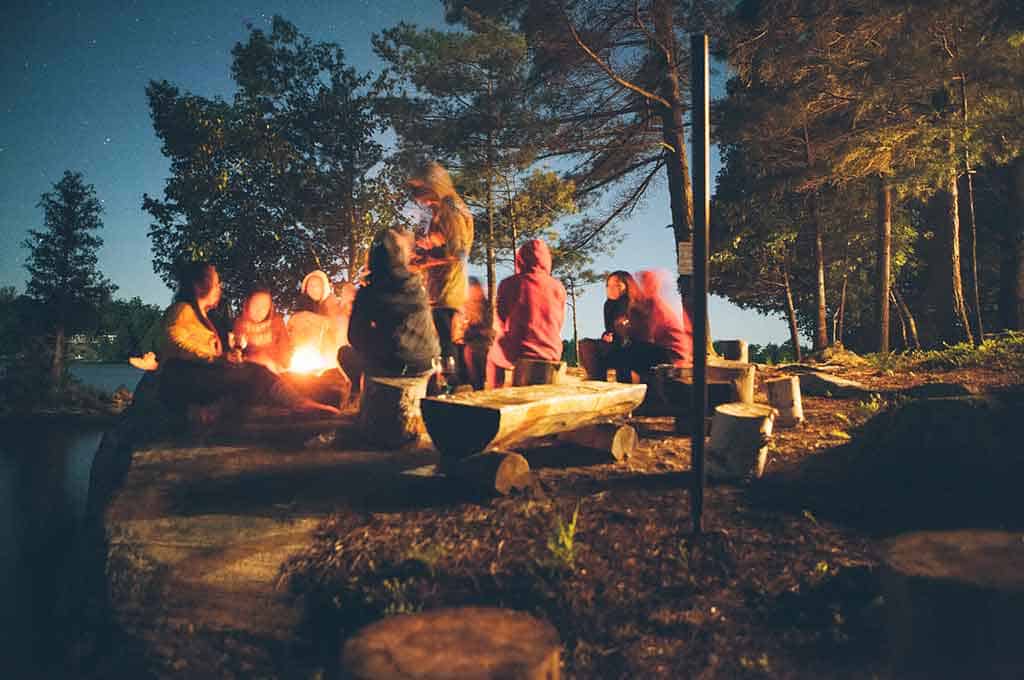
Timing the Trip
Another important aspect of camp planning is to think about when you’d like to go. Sure, you may want to head out if it’s warm, although some people don’t mind camping in winter at all. So, think of it this way: if the climate is important to you, go to the place that seems to fit the temperatures you’re excited about. However, keep in mind that while you can always camp when it’s warm or cold, definitely never go at a time when lots of heavy rain is expected. Few things can kill a fun camping trip like torrential rains coming out of nowhere.
Think about other things you’re interested in seeing, like the wildlife. Some nature buffs coordinate their camping trips for a time of the year when they’ll most likely see their favorite birds and animals. Or, some really love to camp in the colder months just to see moose and other creatures that would be hard to catch at other times. Also, make sure that the scenery is the kind you’re excited to see. The fall is an especially popular time to go camping because it’s hard to not want to be in the midst of all that beautiful, colorful foliage. However, going in the winter would obviously mean that you won’t have access to lush greenery, or gold hued leaves.
Make a List
Once you’ve planned out the route, the time, and the kind of camping site you plan to visit, you need to put together a list of the camping gear. The list will always be long when you’re camping, but will largely depend on the kind of trip you plan to take. For starters, a tent, sleeping bag, bottles of water, canned goods, trail mixes, and the like are all essentials. You should also bring flashlights, batteries, a compass, and other navigational tools to help keep you safe. Plenty of sunscreen – even in the colder months – is important, as is bug spray to prevent nasty mosquitoes from coming your way. A first aid kit is another essential you need to keep on hand, as well as a mini camping stove, or matches and lighters to help you cook. Of course, always be sure to dress accordingly and bring with you different layers, especially if you plan to go out in the colder months, or early spring. Thermals are your best friend when camping, so be sure to bring a few to change into.
If you’re a newbie, camping may seem especially daunting. It may even feel unnecessarily stressful. However, proper planning and making sure to bring everything you need to stay safe will help ensure that you have an excellent, relaxing trip for you and your loved ones on the horizon.
Last Updated on September 22, 2022
